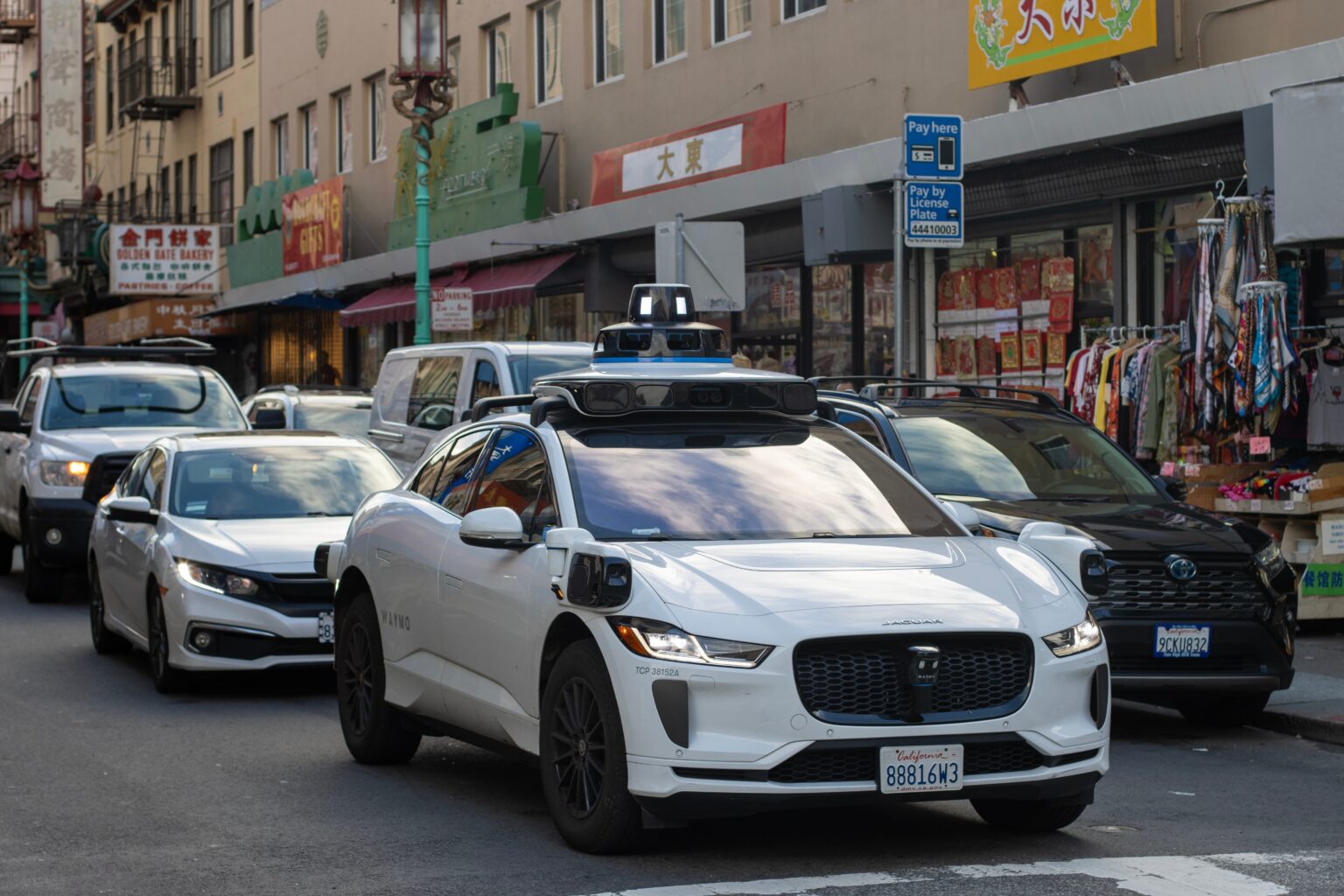Amazon is sending a clear signal that its driver-less ambitions are no longer an R&D side hustle. The company has opened a 220,000-square-foot factory in Hayward, California, to build Zoox robotaxis at scale, laying the groundwork for a nationwide ride-hailing network and a head-to-head fight with Alphabet’s Waymo.
An Ambitious Bet On Purpose-Built Cabs
Amazon bought Bay-Area startup Zoox for $1.2 billion in 2020, inheriting a radical, gondola-like shuttle with no steering wheel, pedals or driver’s seat. Five years later, that vision is taking shape on the assembly line: management says the plant will ramp from dozens of vehicles this year to as many as 10,000 per year by 2027, ultimately supporting fleets in dozens of U.S. cities.
Unlike rivals that retrofit existing cars, Zoox designed its vehicle from the ground up for autonomy. Four passengers sit face-to-face, while roof-mounted lidar, radar and camera arrays feed an AI stack honed on millions of simulated miles. Executives argue the “clean-sheet” design will translate into lower maintenance costs and more rider comfort over time.
Inside The Hayward Production Line
For now the factory still feels like a pilot lab: technicians hand-fit battery packs, bolt in quad-motor drive units and run every robotaxi through a battery of sensor-calibration tests. Output is about one vehicle per day, but a second phase of automation, robotic body bonding, high-throughput paint booths and fully automated end-of-line diagnostics, should push throughput to roughly three vehicles an hour in 2026.
Company officials say about half of the components are imported, yet final assembly, battery integration and software flashing all stay in California. That localization helps Amazon court U.S. regulators and shorten supply chains even as it leans on global vendors for lidar, silicon and interiors.
Each robotaxi carries a 133-kWh battery good for up to 16 hours of urban duty before heading to a depot for a 150-kW fast charge. The cabin is carpet-quiet, air-conditioned from both ends and offers seat-belt interlocks that prevent departure until every rider clicks in—features Amazon hopes will reassure a public still wary of cars with no driver.
Launch Timeline, Safety Record And Early Hurdles
Zoox plans to put its first production vehicles on the Las Vegas Strip later this year, capitalizing on well-mapped corridors, mild weather and tourist demand. San Francisco—the company’s hometown test bed, is slated for 2026 once state regulators sign off on larger fleets, followed by Miami, Los Angeles and Atlanta.
Fleet size will vary by market: executives envision 500-1,000 robotaxis in mid-size cities and up to 2,000 in major metros, numbers they say strike a balance between supply and congestion. Safety remains a work in progress. A low-speed collision with a scooter in San Francisco this spring resulted in minor injuries but prompted fresh scrutiny from the National Highway Traffic Safety Administration. Zoox has tweaked braking logic and added a new object-classification routine, arguing that the incident underscores its commitment to iterative improvement.
A Three-Way Race For Driverless Dominance
Amazon’s push lands in an increasingly crowded arena. Waymo now offers paid robotaxi rides in Phoenix, San Francisco, Los Angeles and Austin, racking up millions of autonomous miles. Tesla CEO Elon Musk has teased an August debut of a “Cybercab,” though analysts note Musk’s 2019 pledge to field a million robotaxis by 2020 remains unfulfilled. Zoox contends that its purpose-built pod, designed to spend 16 hours a day on the road and 10–12 years in service, will ultimately beat retrofitted SUVs on total cost of ownership.
Wall Street is watching closely. Bernstein Research estimates a mature Zoox fleet could generate $3 billion in annual cash flow if the company reaches its 10,000-vehicle production goal and maintains ride prices on par with Uber and Lyft. Investors, however, caution that large-scale autonomy still faces regulatory, technical and public-acceptance hurdles that no single player has yet cleared.
Still, the Hayward facility may prove to be Amazon’s most concrete step toward diversifying beyond retail, cloud and entertainment. If the assembly line hits speed, the company famous for one-day shipping could soon be known for one-click robotaxis.



